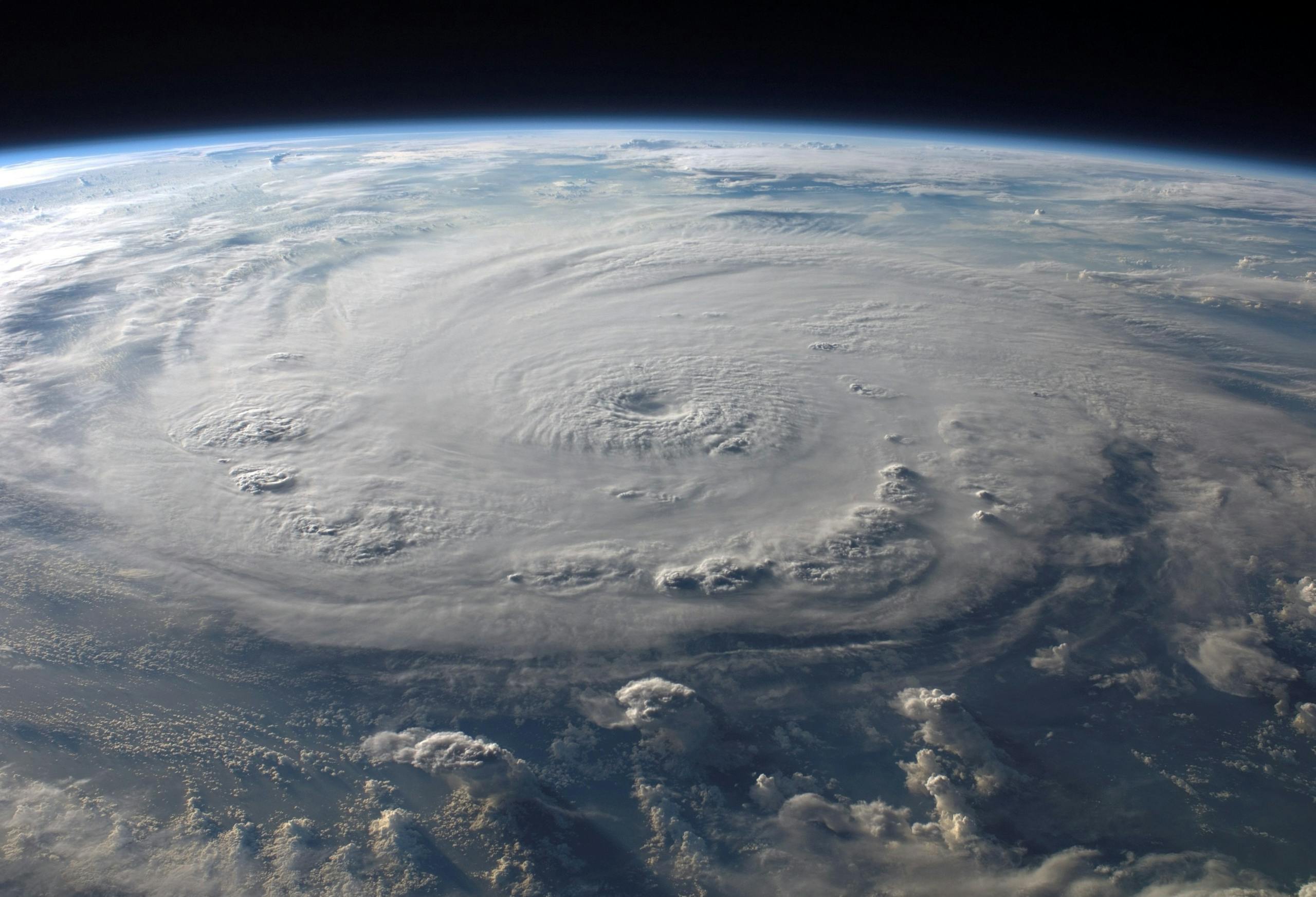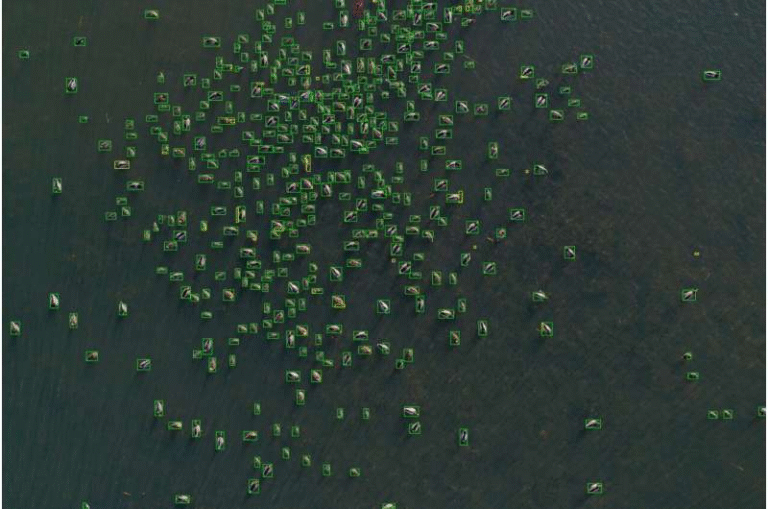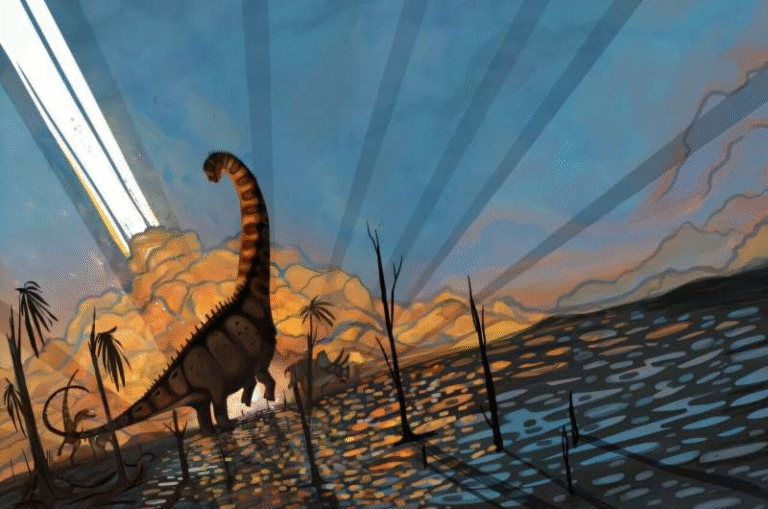Healing the Ozone Layer Might Increase Global Warming by 40%

For decades, we’ve celebrated the healing of the ozone layer as one of humanity’s greatest environmental victories. After all, this thin shield high above us protects life on Earth from harmful ultraviolet rays that can cause skin cancer, damage crops, and harm wildlife. Thanks to global agreements like the Montreal Protocol, which banned ozone-destroying chemicals such as CFCs, the ozone layer has been making a steady comeback.
But here’s the twist: scientists now say this very recovery could unintentionally make the planet hotter—and by a lot more than we thought.
The Surprising Role of Ozone in Warming
It turns out ozone isn’t just Earth’s guardian against UV radiation—it’s also a greenhouse gas. Like carbon dioxide, it traps heat in the atmosphere.
A new study led by the University of Reading suggests that by the year 2050, ozone could become the second most important driver of global warming, right behind carbon dioxide itself.
Researchers estimate that ozone will add an extra 0.27 watts per square meter of trapped heat by mid-century. To put that into perspective, carbon dioxide is expected to add around 1.75 watts per square meter. That means ozone alone could account for 40% more warming than scientists previously believed.
Why This Is Happening
So, how can something good for us also be bad for the climate? The answer lies in a mix of atmospheric chemistry and human activity.
When we banned CFCs and HCFCs, we protected the ozone layer from further damage. That’s the good news. But as the ozone layer heals, its greenhouse effect becomes stronger. Add in air pollution from cars, factories, and power plants—pollution that creates ozone closer to the ground—and you have a recipe for even more planetary warming.
As lead researcher Professor Bill Collins explains: “Countries are doing the right thing by banning ozone-destroying chemicals. But our findings show that the recovery of the ozone layer will warm the planet more than we originally thought.”
Modeling the Future
The team used sophisticated computer simulations to predict how the atmosphere will evolve between now and 2050. Their models assumed that while CFCs and HCFCs are phased out (as required by the Montreal Protocol), efforts to control air pollution remain relatively weak.
What they found is sobering: while the ban on CFCs has long been hailed as a climate win, the warming effect of ozone recovery cancels out much of that benefit. In other words, we saved the ozone layer—but at the cost of giving climate change an extra push.
What This Means for the Planet
There are a couple of important takeaways here. First, protecting the ozone layer is still absolutely essential. Without it, we’d be exposed to dangerous UV radiation with devastating effects on health and ecosystems. That’s non-negotiable.
But second, this research reveals that our climate policies need to adapt. Ozone’s role in global warming is bigger than we realized, and ignoring it could mean underestimating just how hot our future will be.
Even if countries take strong steps to reduce air pollution, the ozone layer will continue healing for decades to come—meaning some amount of unavoidable warming is already locked in.
The Bigger Picture
This study is a reminder of just how interconnected Earth’s systems really are. Fixing one environmental problem doesn’t always translate to fixing another. Sometimes, solutions come with hidden trade-offs.
The challenge now is to factor ozone’s greenhouse effect into climate strategies going forward. The more we understand about how different gases interact, the better equipped we’ll be to keep warming in check.
So yes, celebrate the ozone layer’s comeback—it’s still a huge win for protecting life on Earth. But let’s stay curious and cautious, because the story of ozone is also a story about how complex and surprising our atmosphere can be.





